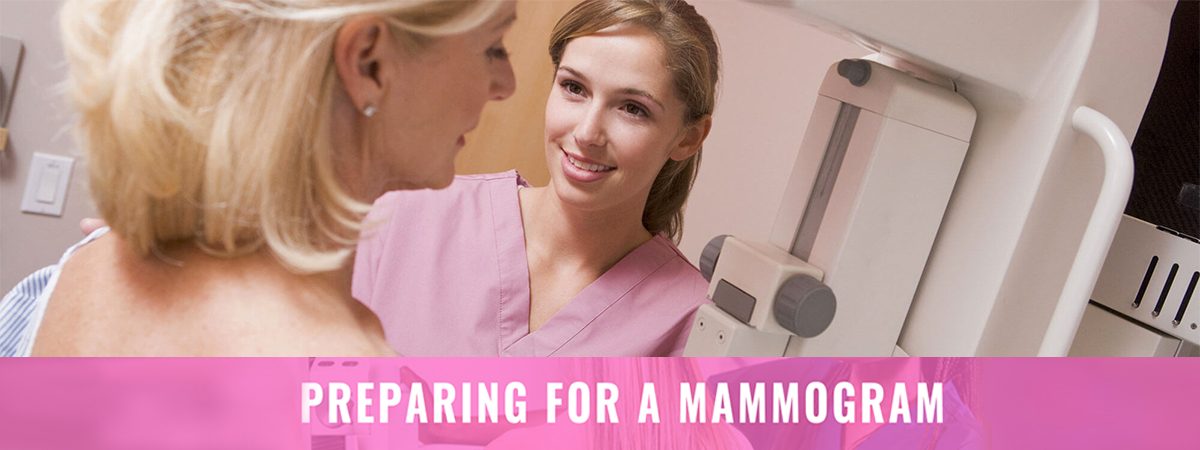
Congratulations! You have taken the first step in taking care of your breast health. As you already know, mammograms are low-dose x-rays that help detect breast cancer. Breast cancer is sometimes found after symptoms appear, but many women with breast cancer have no symptoms. That is why regular breast cancer screening is so important.
If you have had a mammogram before this might seem familiar. If this is your first time, knowing what to expect will make your experience easier.
Here are 10 tips on how to prepare for your mammogram:
- Do your research: Please select an appropriate facility where you would like to undergo this test: Use a facility that provides Full-Field digital Mammography with Tomosynthesis which is the standard of care in breast imaging today. It is equally important to know whether your centre offers expertise in reading mammograms and performing biopsies where the radiologist is specialised or certified in breast imaging. Remember, it is not just about the equipment but the person behind it that matters!
- Always carry your old reports and films with you (if you have any) for your mammogram appointment so your mammograms can be easily compared from one year to the next. Comparing scans from one year to the next ensures the radiologist to assess whether the findings are new or have been there on your previous scans. This in turn prevents unnecessary biopsies. Of course, this is not applicable if it is your first mammogram.
- Schedule your mammogram when your breasts are not tender or swollen. This helps reduce the discomfort during the mammogram. Avoid the week just before your period. Also make sure you mention the date of your last period on the day of your appointment. The technologist must confirm you are not pregnant as there is exposure to radiation during your mammogram.
- On the day of the mammogram, wear loose comfortable clothing. Avoid wearing deodorants, antiperspirants and talc. These can give rise to artefacts on your mammogram and interfere with the interpretation.
- Make sure to inform the radiologist if there is any recent change in your breasts before getting the mammogram and inform them about any concern you have. This may include any new lumps, nipple discharge or pain.
- Always mention whether you have a family history of breast cancer when you speak with your radiologist. Also describe any relevant medical history, such as previous surgeries and any specific medicines, including use of hormones, especially if you are post-menopausal.
- Mammograms are not as uncomfortable as they were. The pain during mammograms has reduced following newer Full-Field digital Mammography. Digital mammograms require less time to record the image needed to examine for abnormalities of the breast tissue, and thus reduces the pain associated with the procedure. Digital screening takes less time. This leads to fewer repeat mammograms because of scans that are unreadable due to movement during the imaging of the breast tissue. This technology also ends the need for repeat scans because of under or over exposed film.
- The whole procedure takes about 10 minutes. The compressions last for only few seconds. You will have to undress above the waist for your mammogram. The breasts will be compressed for a few seconds to get high quality scans of the breasts. Two views of each breast will be taken for a routine mammogram. For some women, such as those with implants, more pictures will be needed. Depending on the findings, an ultrasound of the breasts may be performed in addition to your mammogram.
- Your report will mention a BI-RADS category i.e. Breast Imaging Reporting and Data Systems, a standard system to describe mammogram findings and results. Follow your doctor’s recommendation about when you should visit next.
- Lastly, don’t be afraid of mammograms. Mammocare believes in ‘Detect to protect!’


